Interview with Director Suresh Eriyat , Studio Eeksaurus
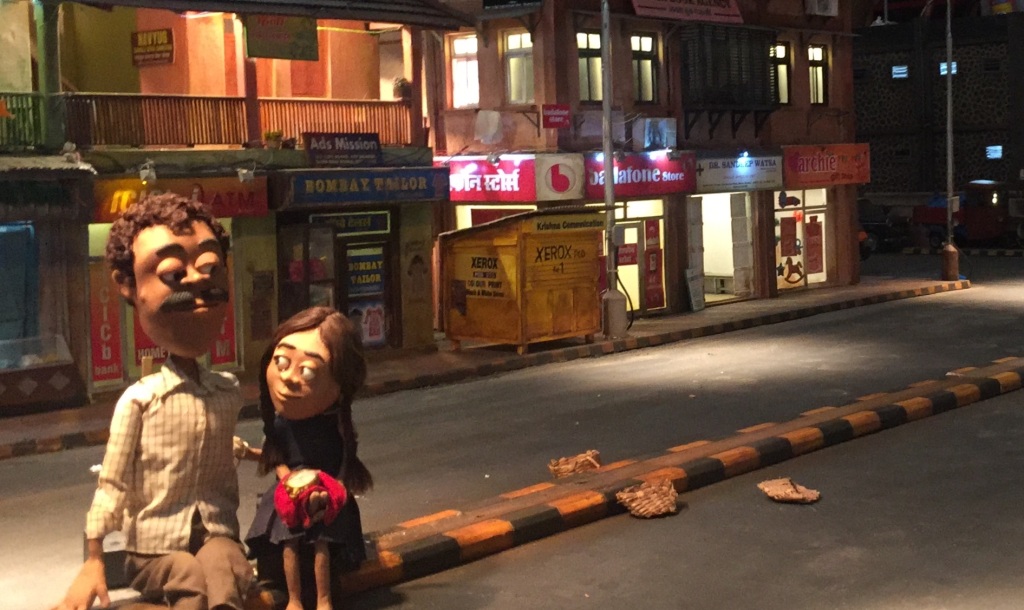
Suresh Eriyat is a Mumbai based director and animator, with an Annecy Cristal Award under his belt and a hefty portfolio of over 450 films! After 8 years of production, Suresh Eriyat with his studio, Eeksaurus have released another award winning stop-motion film called ‘Tokri’ (The Basket).
The film follows a young girl whose treasured relationship with her Father, (visible by pats on the head, nudges and giggles) is threatened when she cracks his prized heirloom – a golden pocket watch. Suddenly there are no more nudges or giggles. Her only hope is to sell baskets in the streets, try to raise enough money to salvage both the watch and their relationship.
‘Tokri’ has a remarkably intricate landscape of the colourful and bustling Indian city. Time-lapse style cars wooshing by, all with moving characters inside. It’s impressive for an independent stop-motion film to achieve a set of this scale and quality. No wonder it took so many years. The attention to detail is bordering on microscopic, the folded fabrics on the shelf, the pots and pans, characters costumes and individual hairs. It’s these details that give the film a time and place, you know instantly where you are. The nuances in movement and facial expression add realism and make the characters feel human.
The film’s conclusion is totally moving, earnest and warm, showing the beauty of unconditional love. It’s a touching portrait of the grief that comes with family disputes and the overwhelming relief of forgiveness. Sure to melt the coldest hearts and bring tears to the driest eyes.
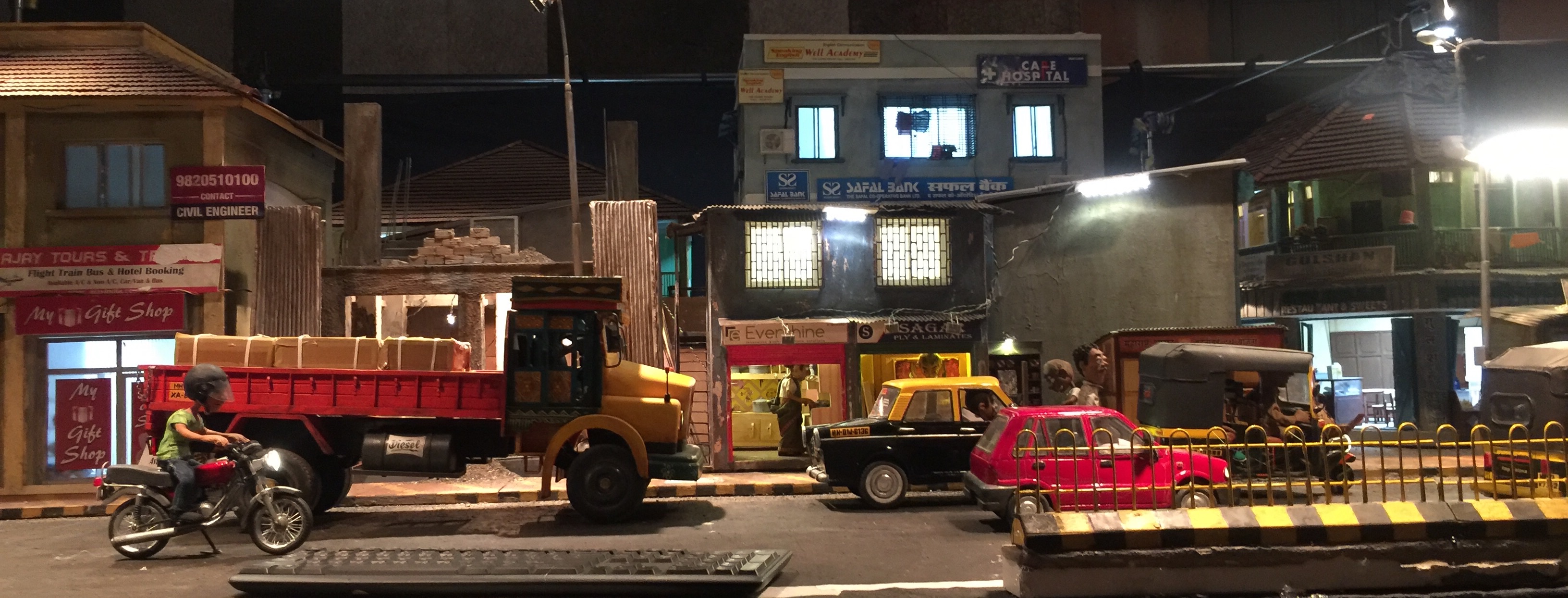
How did the idea for Tokri come about?
The film is partly fiction, partly real. In India, people beg and come and knock at your car, and they keep shoving their products at you or asking for money. When I was driving to work one morning in 2008, this kid came up with this basket and I think I shooed her away. It was pretty much routine, I think everybody does it. But the fact that she was wearing a school uniform haunted me. I also have a daughter who would have been about six at the time who just about started going to school. For the rest of my drive I began to feel terribly guilty. I thought why not develop this experience that I’d had into a story? When I told this story to people, I could see that they had moist eyes and they were reacting in a very different way, and that created conviction in me to go ahead and do this film. I decided to tell the story in a very subliminal way where you portray a sensitive story and maybe you start seeing these people in the people you encounter in everyday life.
Empathy is something that I wanted to convey to Indian audiences. The need for us to be empathetic to the needy, giving a little part of what you have, to support someone emotionally, physically. That really was the intent of making this film.
Indian family values are unique. The unique emotional bonding within the Indian family with unsaid feelings for each other, the unconditional love for each other without repeatedly saying ‘I love you’ to one another to reaffirm, the concept of respect for elders and their feelings and vice versa, all these are absolutely not something the Western audience relate with. In India people are driven by their hearts rather than heads. This is why Indians lead a content life despite so many shortcomings. Life here is not transactional. One of the reasons why the people in the West always admire India despite the filth and the poverty on the surface that precedes the deep ethos and values, is probably because of these aspects.
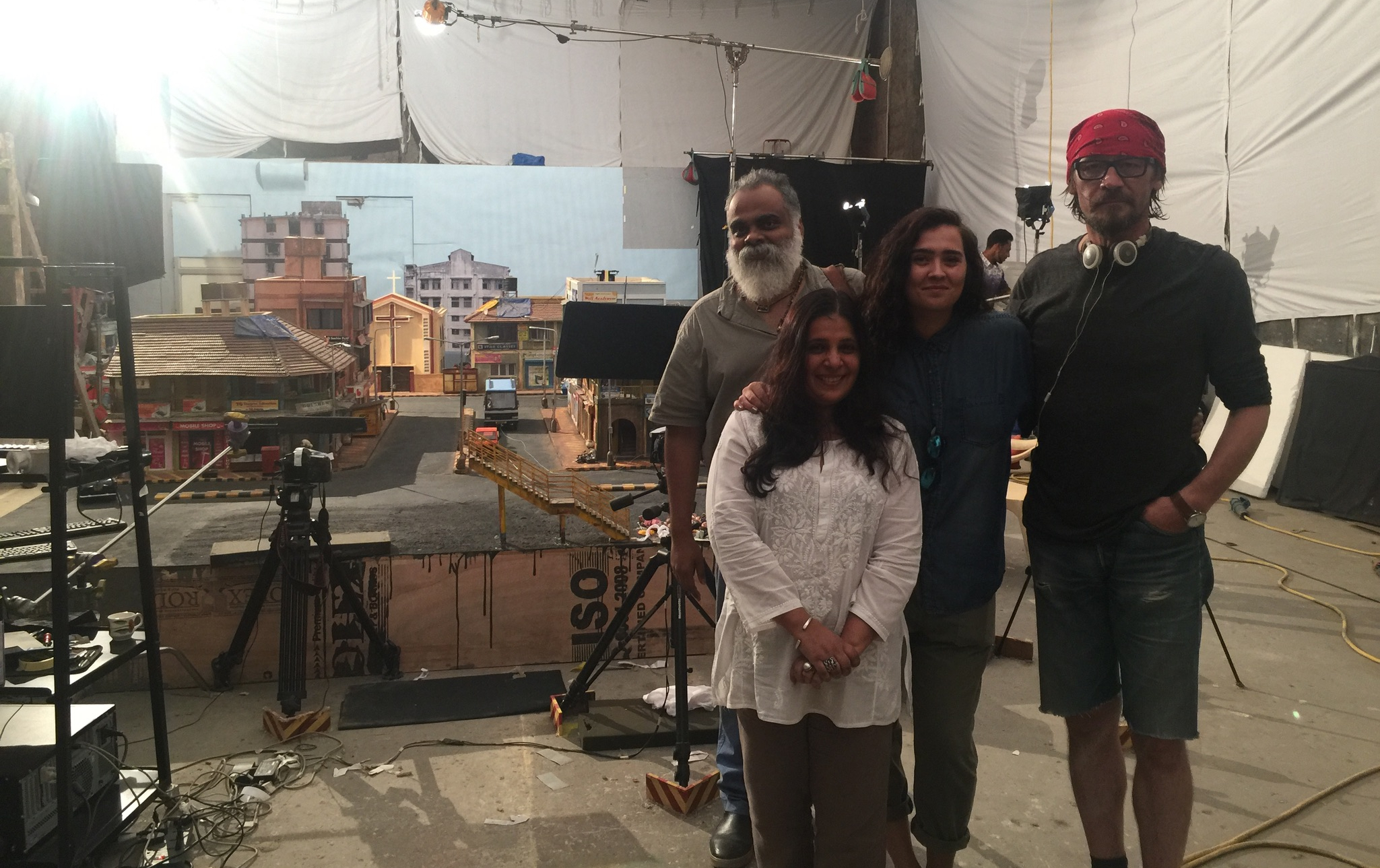
Could you tell us about your studio, Eeksaurus?
After 11 years of setting up and running Famous House of Animation in collaboration with the legendary Famous Studios, we felt the need to expand the canvas beyond advertisements and animation services related work we had been undertaking. To work in a medium agnostic way, exploring and experimenting with mediums, formats and platforms where stories played a bigger part than briefs. Of course being a designer first, working on briefs was important to us for impacting a larger audience. The ads kept rejuvenating our problem-solving prowess and pushed us to outdo ourselves creatively to come up with unique solutions using the art and film medium for making the impact of a brand, a message or a product stronger. But our team’s collective dream to create films from stories for the love of pure cinema was something that pushed us to create different self funded projects at Studio Eeksaurus. We felt Studio Eeksaurus should change the perception of animation film making in the country by sticking to Indian stories and making them enjoyable for Indian audiences. Nilima and I were very sure that the ethos of our company should be to constantly raise the quality of storytelling using animation.
Mixing analogue ways of working in the digital age is something that we fancy a lot. This interest has created various strange synergies and serendipities in our work resulting in amazing outcomes. With more than 200 films and 150 global awards to its credit, Studio Eeksaurus clearly strives towards quality content. When we won the first ever ANNECY Cristal for India in 2015, we did not know that we were embarking on a territory unexplored by none in India. We have seen many who are inspired by our work and our journey, and taking risks by doing great work by funding themselves and making Indian animation proud.
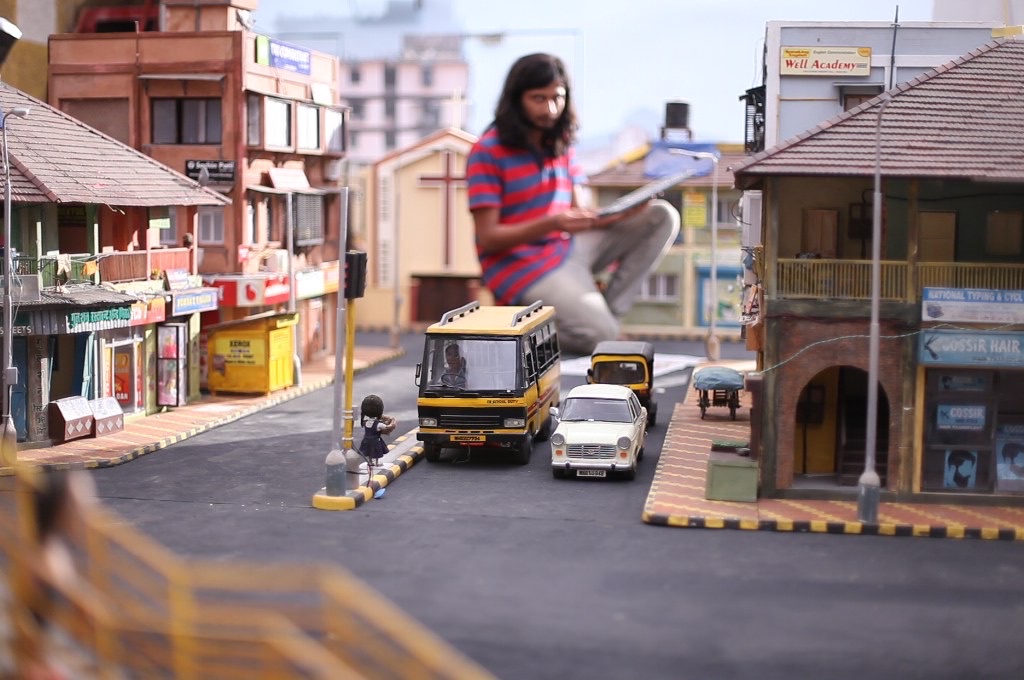
The film took 8 years to produce, what kept you going through the production process?
First of all the film was self-funded. So we couldn’t dedicate the assigned team only for this project as it would call for us blocking a certain amount of funds for this. In the case of Tokri, as and when we got a commercial project that paid us, we paused work on Tokri, in order to sustain ourselves. The team always took a while to get back on the track when we resumed again. This resulted in the escalation of time and hence the budget. The biggest learning from this exercise is to dedicate a team for a stipulated time within an allocated budget for a project like this. If we had worked on Tokri at a stretch we would have still taken about 3 years! 6 years we produced just 9 minutes of animation which were mostly the interiors. The more complicated exterior section animation of 5 minutes duration took just 7 odd months including the set making!
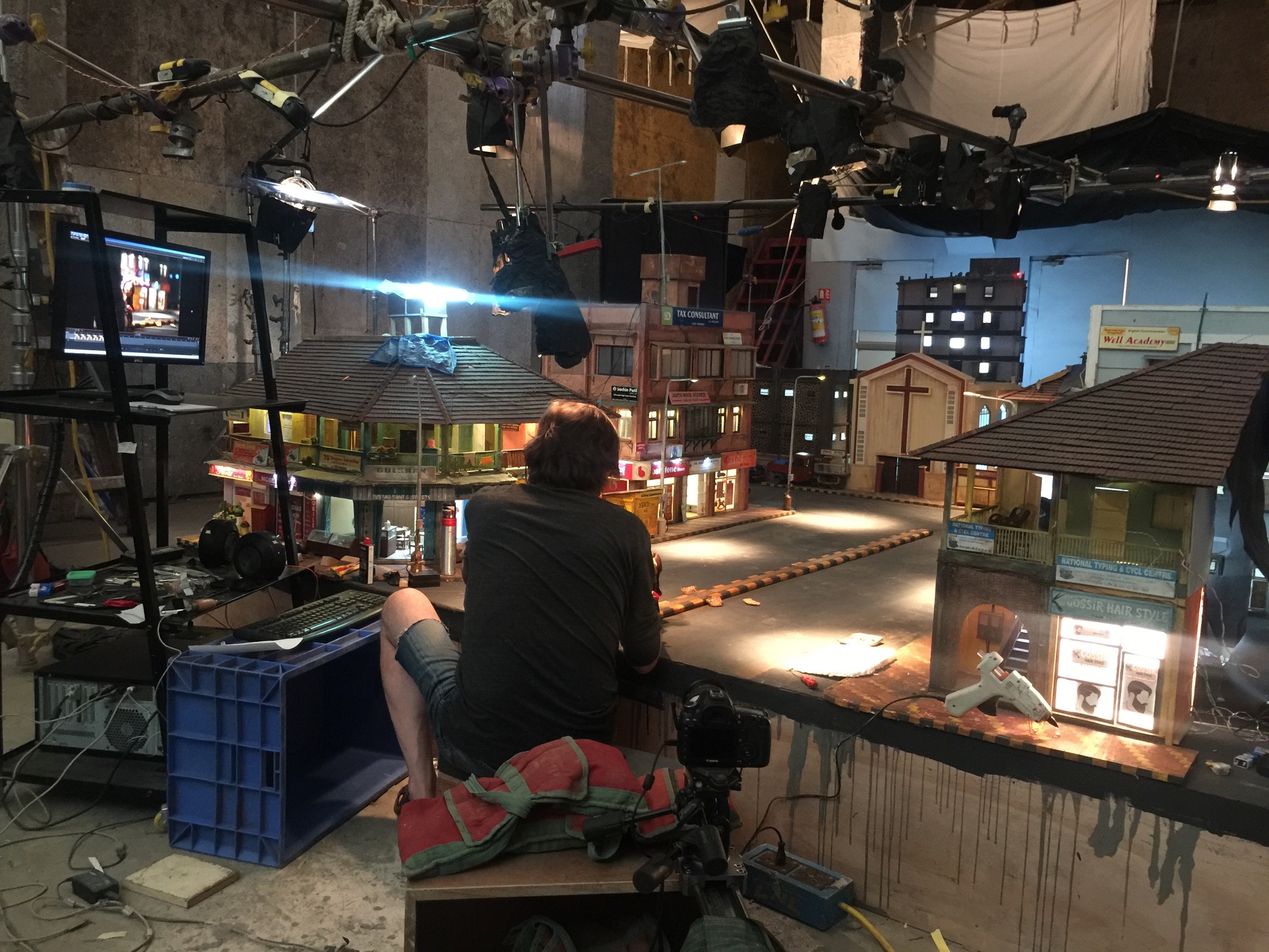
Why did you choose to tell the story from the daughters point of view?
For the daughter the universe is her parents and their happiness. The family is bonded with love and all the shortcomings in their lives are all overlooked because of that. For the father, the daughter’s education is of utmost importance. In my mind he has actually forbidden her from helping her mother even in making baskets as he doesn’t want that occupation to be her future. It is evident in the very opening shot where we see her picking up her study books as soon she hears her father approaching. The father’s story is a self-centred one, mother has other priorities to make both ends meet. The only person who is really affected by the despair at home is the daughter. She is led by the love for her father and nothing comes in between her and the goal. So I decided to see the story from her point of view as she sets off on a difficult path to repair her broken home.
Watch the film ‘Tokri’ (The Basket)
Interview with Amy Baker
To find out more about Studio Eeksaurus, visit the studio’s website at studioeeksaurus.com and catch their latest news on Facebook.